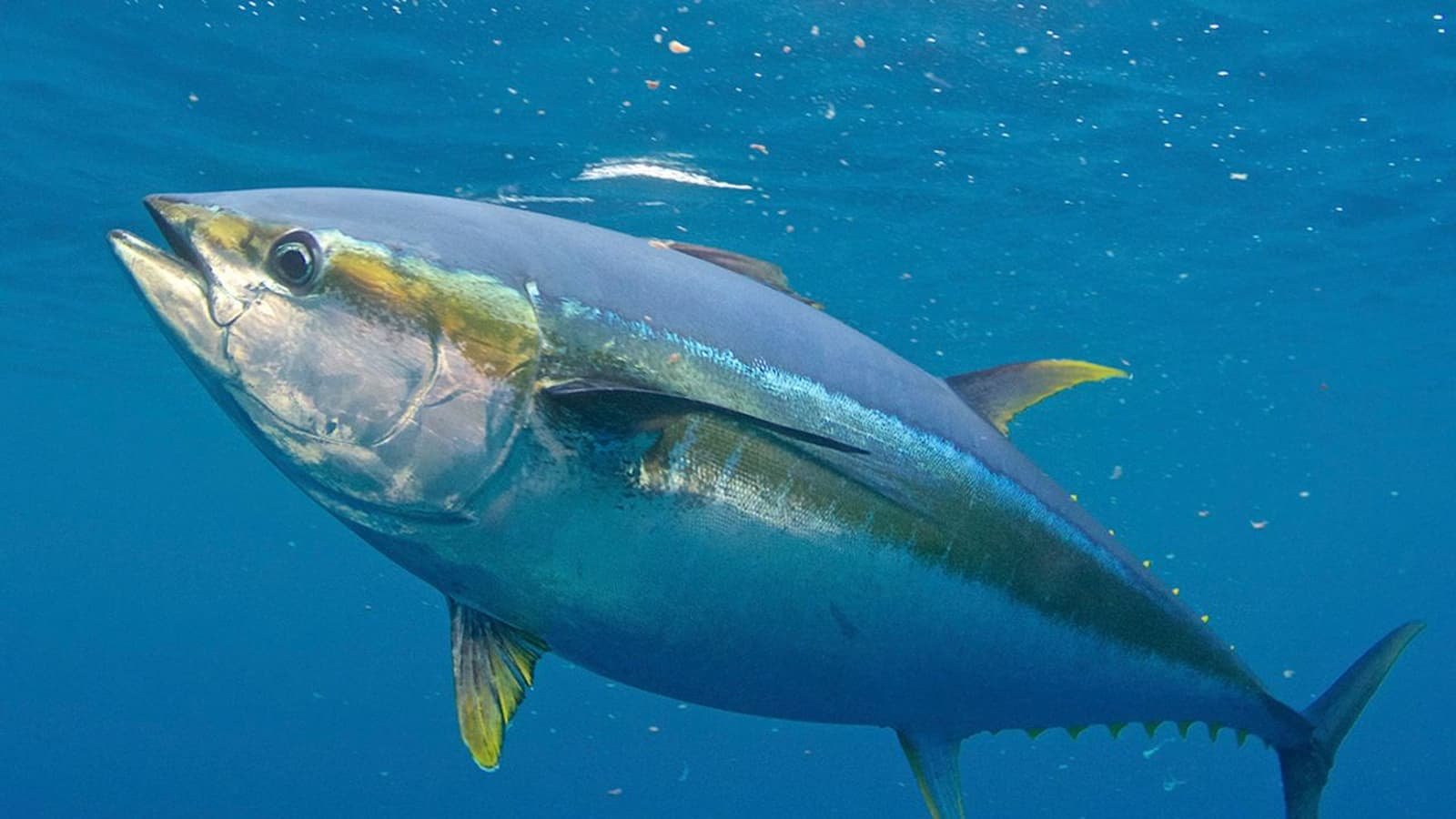World Tuna Day 2024: People globally observe May 2 as World Tuna Day, including in the coastal zones. This date represented the culmination of the efforts of fishing communities, environmentalists, and scientists who collaborated to safeguard tuna schools worldwide and establish a sustainable fishing paradigm. Why do people observe World Tuna Day?
This is because tuna is among the most robust and significant species in the oceans. Regarding dimensions, power, dexterity, and velocity, it is unquestionably one of the most intriguing. Moreover, it is among the most vital animals in terms of human nutrition and economics. Tuna species comprise over 8% of all seafood traded globally and 20% of the value of all marine fisheries.
World Tuna Day: History
Humans have known about tunas for millennia as majestic aquatic creatures. Aristotle documented one of the earliest accounts of the species in his work on the classification of animals. Despite having a maximum length of eight feet and a weight exceeding 500 pounds, these fish are anything but sluggish creatures. The robust physique of this fish grants it a maximum velocity of 43 miles per hour!
Size, stamina, and speed are critical attributes for tuna due to their perpetual migration, ocean crossings, and transoceanic travel. This explains their presence in virtually every ocean on the planet. As an endothermic fish, tuna can survive in many oceans. In cold waters during migration, its body temperature may rise. This evolutionary adaptation gives tuna its pinkish-red color and powerful nutritional value. The fact that millions of people eat tuna, a large, palatable, and nutrient-dense fish that is almost everywhere, is not surprising.
One of the most heavily exploited species by the fisheries industry. There are at least 96 nations that exploit mackerel schools in the oceans at this time. Throughout history, technical reasons restricted tuna trawling. Engine innovation enabled fishing vessels to expand the area over which they discharged their nets into the ocean. The consequent increase in the capture of these species has been exponential.
As the global population has increased, so has the intensity of tuna fishing, which has increased the danger of predatory overexploitation of these animals. In addition to jeopardizing tuna, overfishing also imperils other marine species. Also killed by the indiscriminate use of fishing nets are dolphins, swordfish, and turtles. The United Nations General Assembly proclaimed May 2nd, 2016 as World Tuna Day. The objective was to bring attention to a paradigm of sustainable tuna fishing.
Tuna Rights Day 2024 (US): Explore its Unique Facts and History
World Tuna Day: FAQs
Who consumes the greatest quantity of tuna?
The largest consumers of canned tuna are the European Union, the United States, and Japan, which utilize approximately 51%, 31%, and 6%, respectively, of the global supply.
From which nation does mackerel originate?
Tunas inhabit a variety of oceanic environments. The majority of tuna consumed worldwide, however, originates in Thailand.
What makes tuna so essential?
As a primary sustenance source for marine life, tuna is economically and nutritionally significant for humans. Additionally, it is a primary predator in the marine food chain and contributes to the maintenance of environmental equilibrium in the ocean.
Five Surprising Facts about Tuna Fish
- The Atlantic bluefin tuna, which weighed 1,496 pounds and was roughly the size of a horse, was the largest ever captured.
- At $3.1 million, the most expensive tuna ever sold was purchased.
- In addition to eels, squid, and other fish, the omnivorous fish consumes plankton and marine vegetation.
- Yellowfish tuna, blackfin tuna, longtail tuna, Atlantic bluefin tuna, albacore tuna, and Southern bluefin tuna are among the species.
- Dolphins are renowned for their ability to repel sharks; thus, some scientists hypothesize that tuna schools associate with dolphins as a defense mechanism.
World Tuna Day: Dates
| Year | Date | Day |
|---|---|---|
| 2024 | May 2 | Thursday |
| 2025 | May 2 | Friday |
| 2026 | May 2 | Saturday |
| 2027 | May 2 | Sunday |
| 2028 | May 2 | Tuesday |
Save The Rhino Day 2024: Learn about its History, Dates, and Facts












